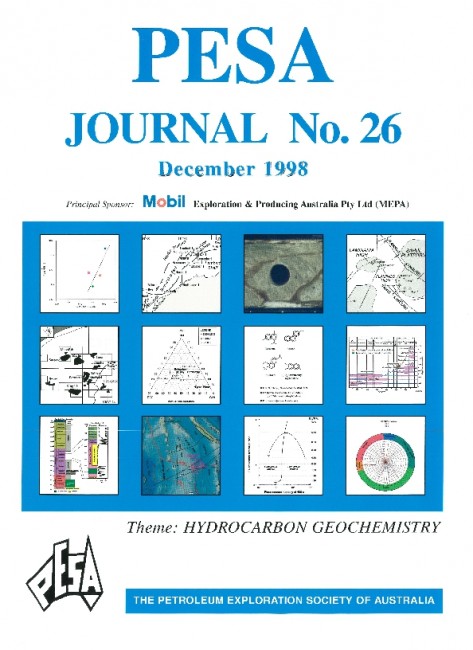Publication Name: PESA Journal No. 26
Authors: S.C. Teerman and R.J. Hwang
Publication Volume: 26
Date Published: December 1998
Number of Pages: 14
Reference Type: Journal Article
Abstract:
Although geochemistry can answer a wide range ofexploration and reservoir related questions, it is often underutilised
in: (1) quantitative risk assessment, (2) providing
input for economic analysis, and (3) helping define
commercial success in all stages of exploration, appraisal,
and development and production. To help identify and
define the potential for commercial success, geochemistry
must answer questions that cannot be addressed by other
technologies, and complement and cross-check results from
other disciplines. The applications of geochemical
technologies and parameters vary with basin, petroleum
system, type of accumulation and development and
production objectives.
Three generic case studies from the Australasia region are
presented to illustrate applications of geochemistry at
various stages of exploration, appraisal and development to
evaluate potential for commercial success. These examples
demonstrate that geochemistry is most applicable when
integrated with other disciplines to provide direct input into
risk assessment and economic analysis. Case Study 1
illustrates an integrated geochemical and lithostratigraphic
study to refine risk assessment associated with oil migration
for a "step out" exploration target. Biomarker results help
define elements and dynamics of the petroleum system.
Case Study 2 is a geochemical evaluation to explain
production test results and help define expected value;
results help determine the value of potential appraisal
drilling. Biomarker results combined with the hydrocarbon
charge history helps understand condensate origin and
yields. Case Study 3 illustrates the use of reservoir
geochemistry to support engineering results in the early
stages of field development to evaluate reservoir
compartmentalisation and potential for economically viable
production. Oil fingerprinting is also used to evaluate
compartmentalisation in a horizontal well.


